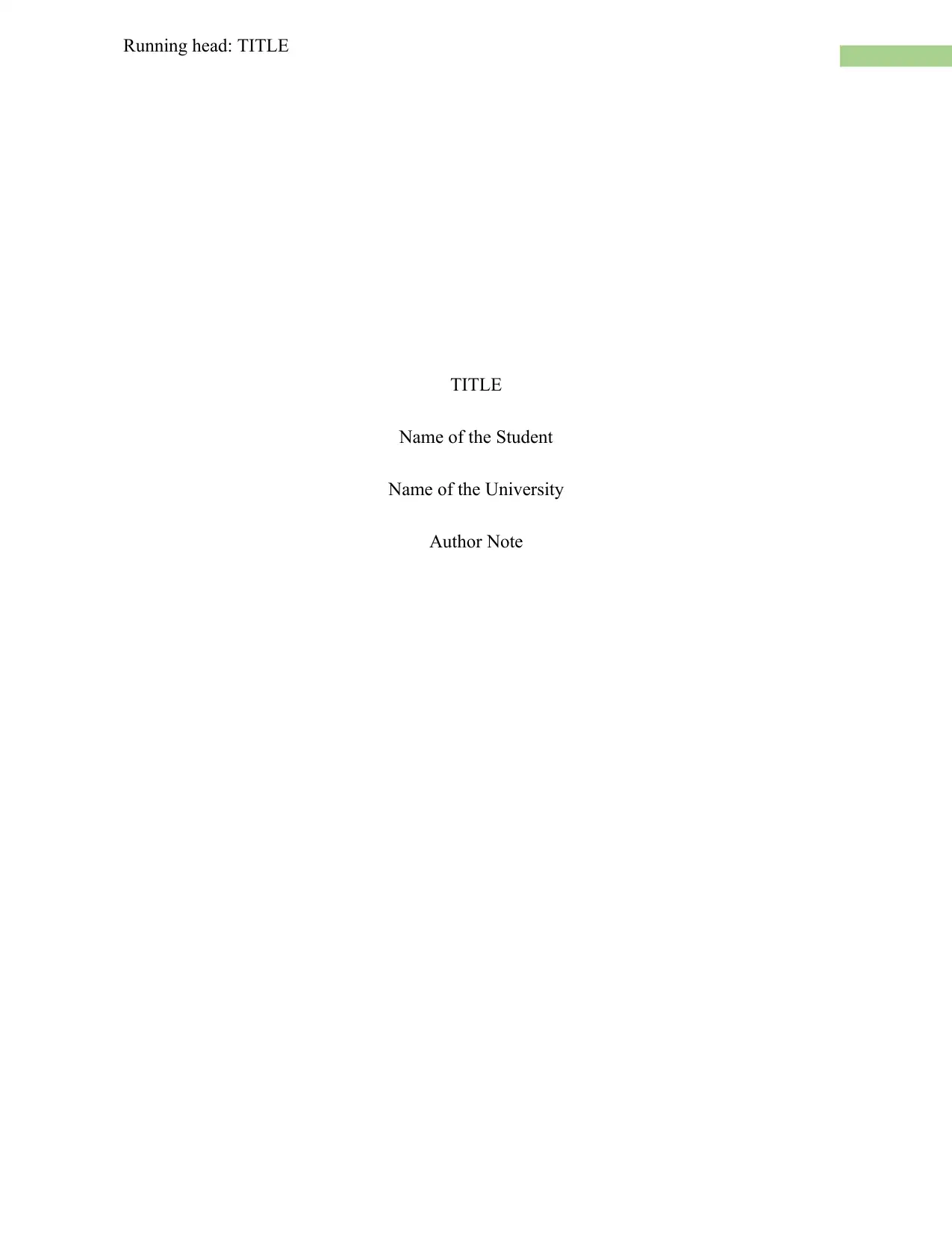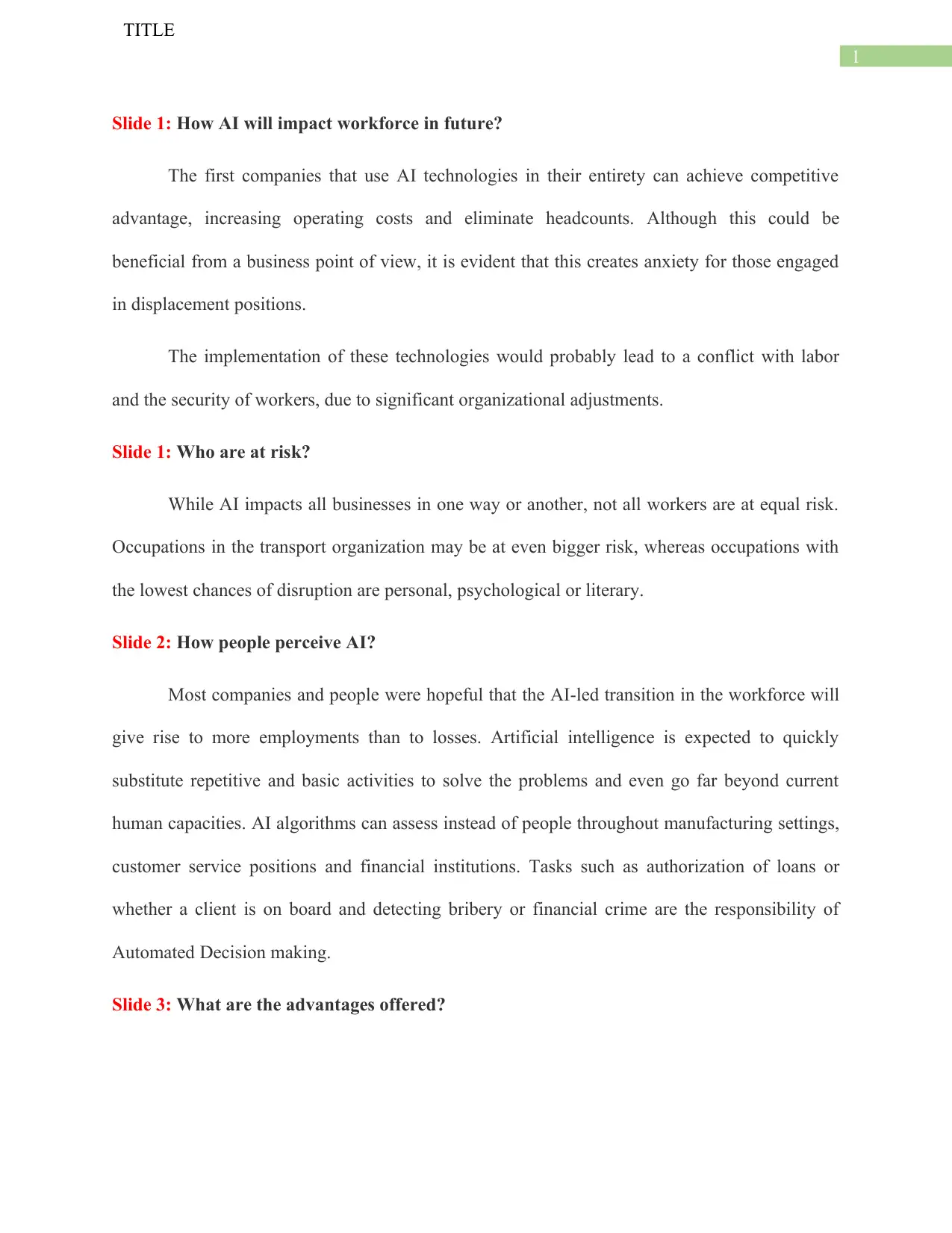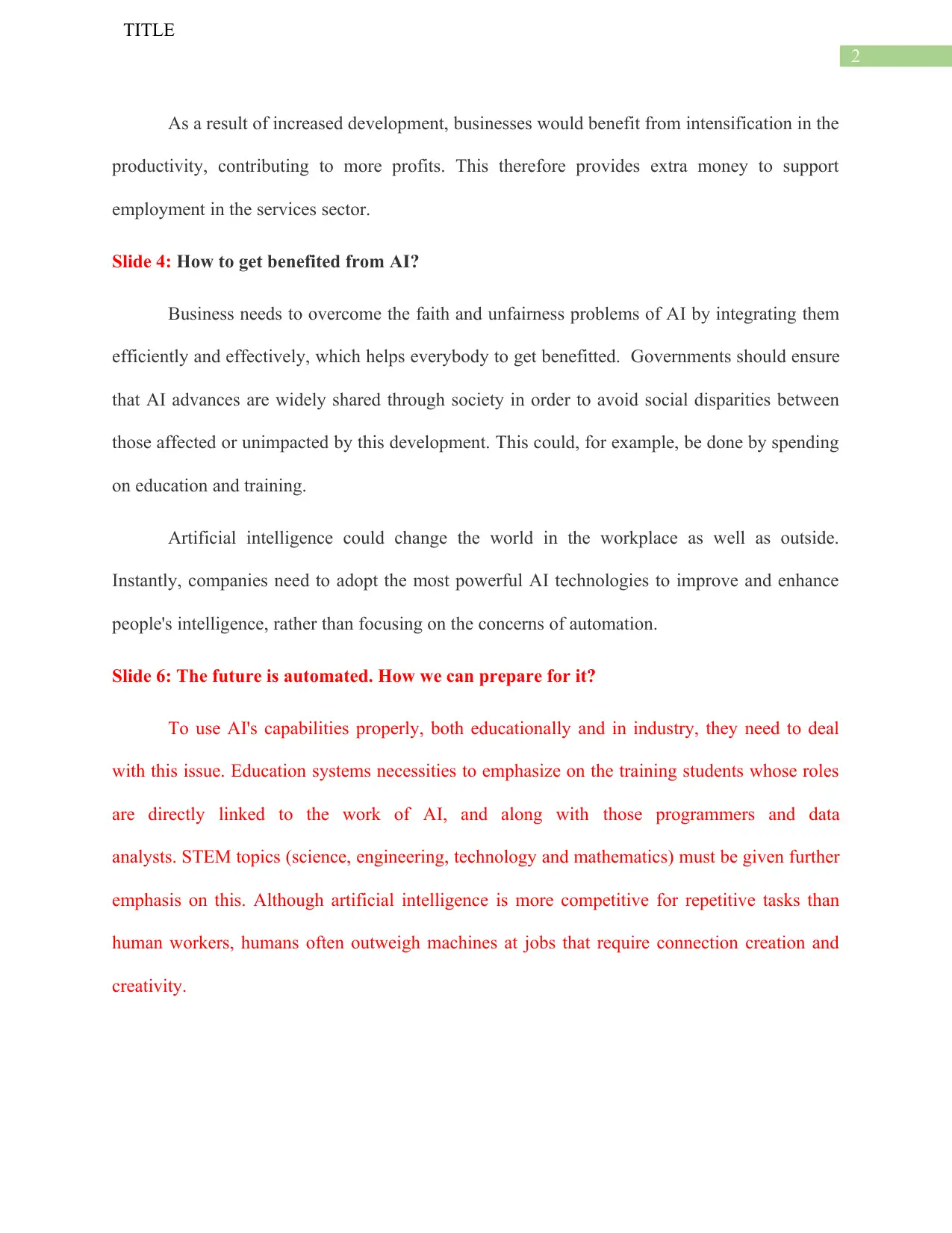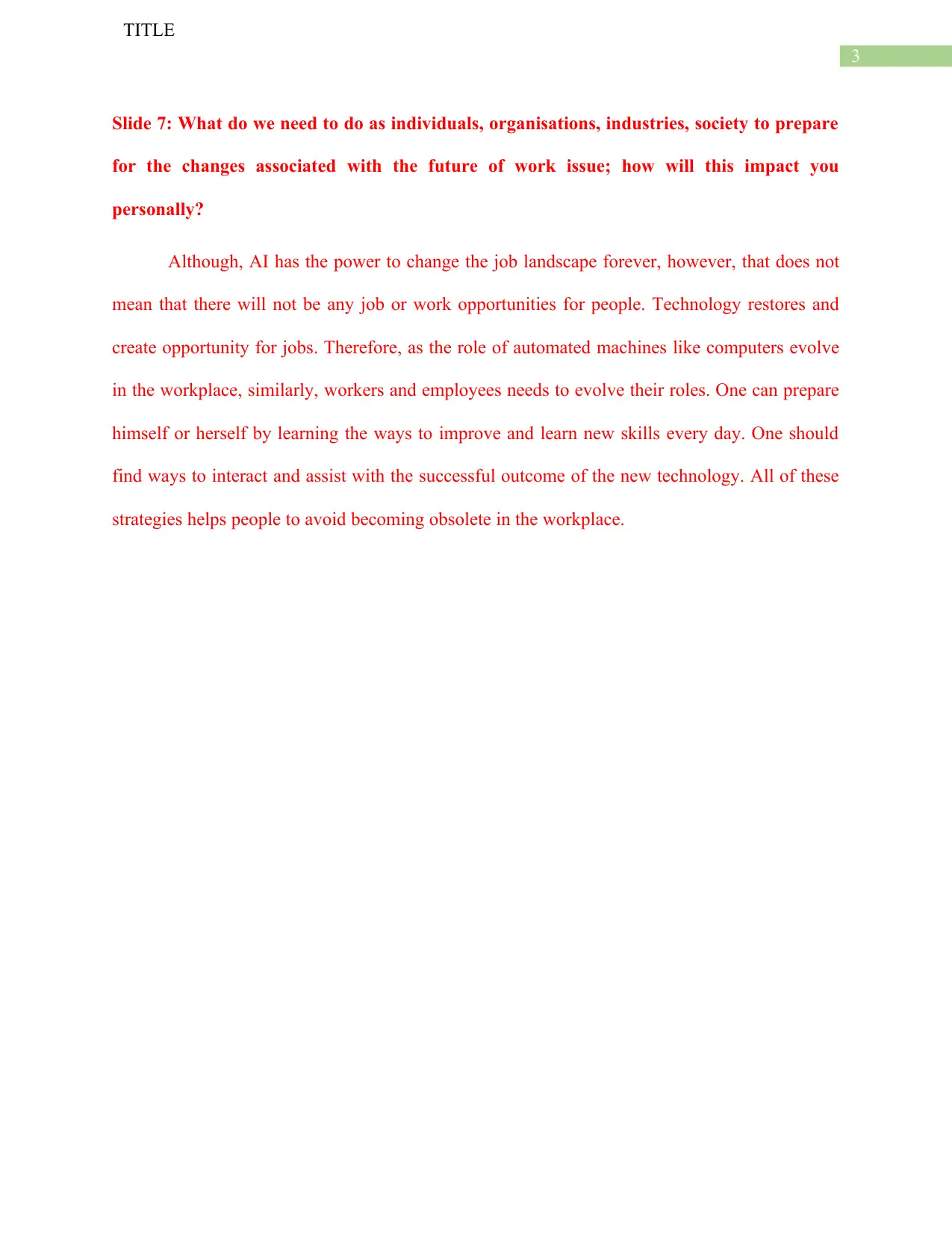University MBA: Future of Work Presentation - People Module
VerifiedAdded on 2022/10/11
|4
|685
|111
Presentation
AI Summary
This presentation explores the transformative impact of Artificial Intelligence (AI) on the future of work. It begins by highlighting the competitive advantages for companies adopting AI and the anxieties it creates for displaced workers. The presentation identifies occupations at risk and contrasts them with those less susceptible to disruption. It discusses how AI is perceived, its potential to create more jobs than it eliminates, and its role in automating tasks. The advantages of AI, such as increased productivity and profitability, are outlined, along with strategies for businesses and governments to benefit from AI while addressing fairness and social disparities. The presentation emphasizes the need for educational reforms, particularly in STEM fields, and the importance of humans developing skills in creativity and connection. It concludes by offering actionable steps for individuals, organizations, and society to prepare for the changing job landscape, advocating for continuous learning and adaptability to remain relevant in the evolving workplace. The presentation is based on the assignment brief which requires a video presentation on the future of work, focusing on AI and its impact.
1 out of 4











![[object Object]](/_next/static/media/star-bottom.7253800d.svg)